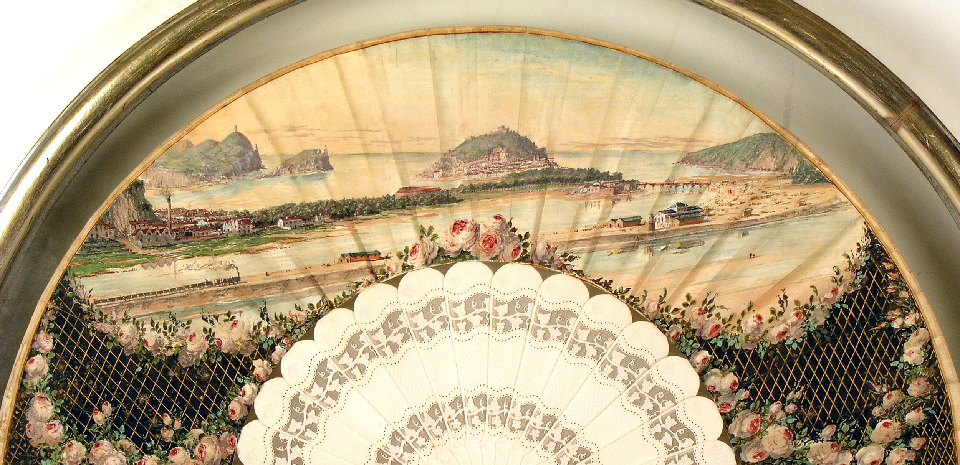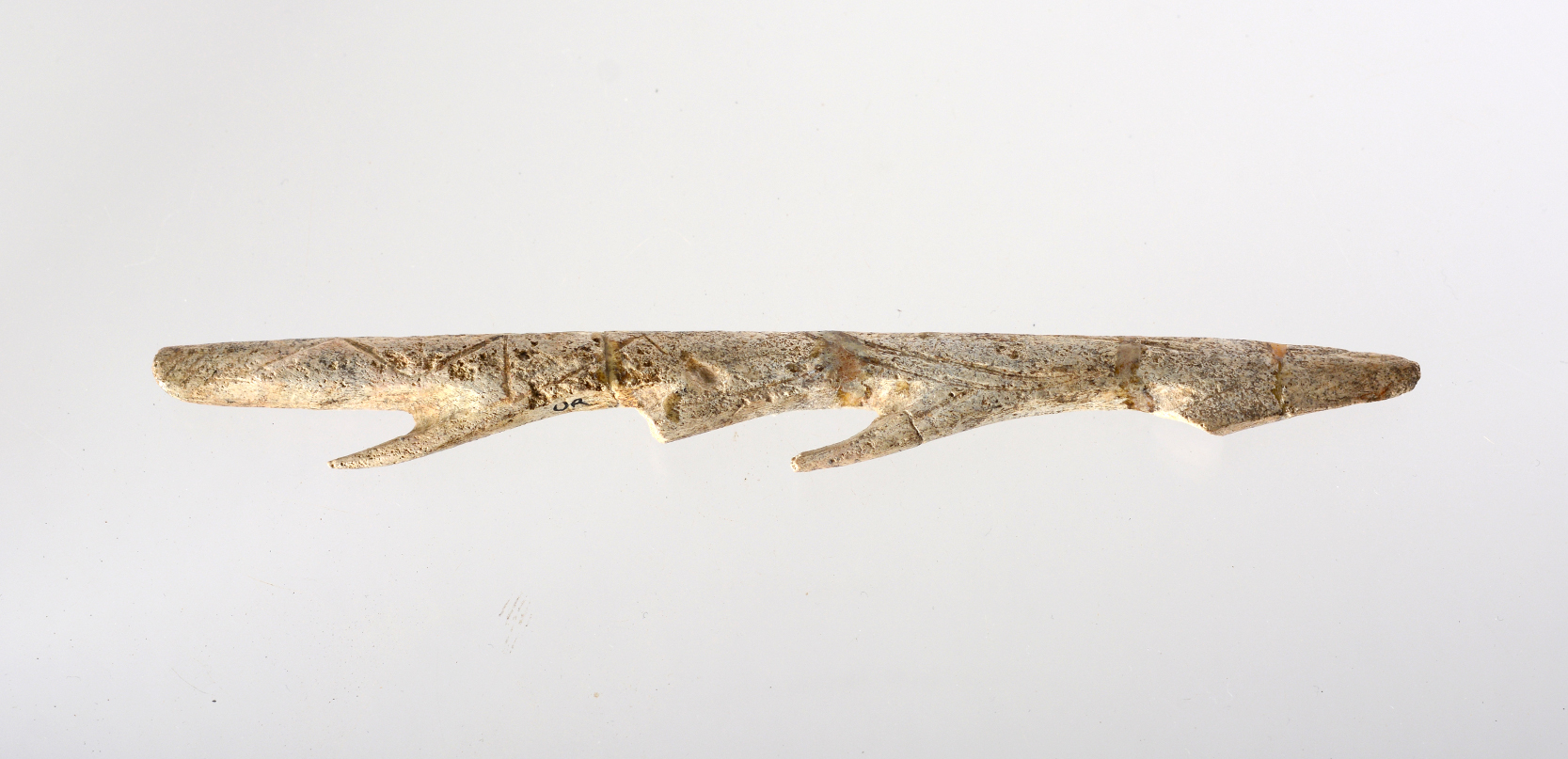Gipuzkoa has a great cultural heritage. Gordailua contains numerous works of art, items of historical and ethnographic value and archaeological and palaeontological remains discovered in the province.
Ethnography and Art
Provincial Government of Gipuzkoa
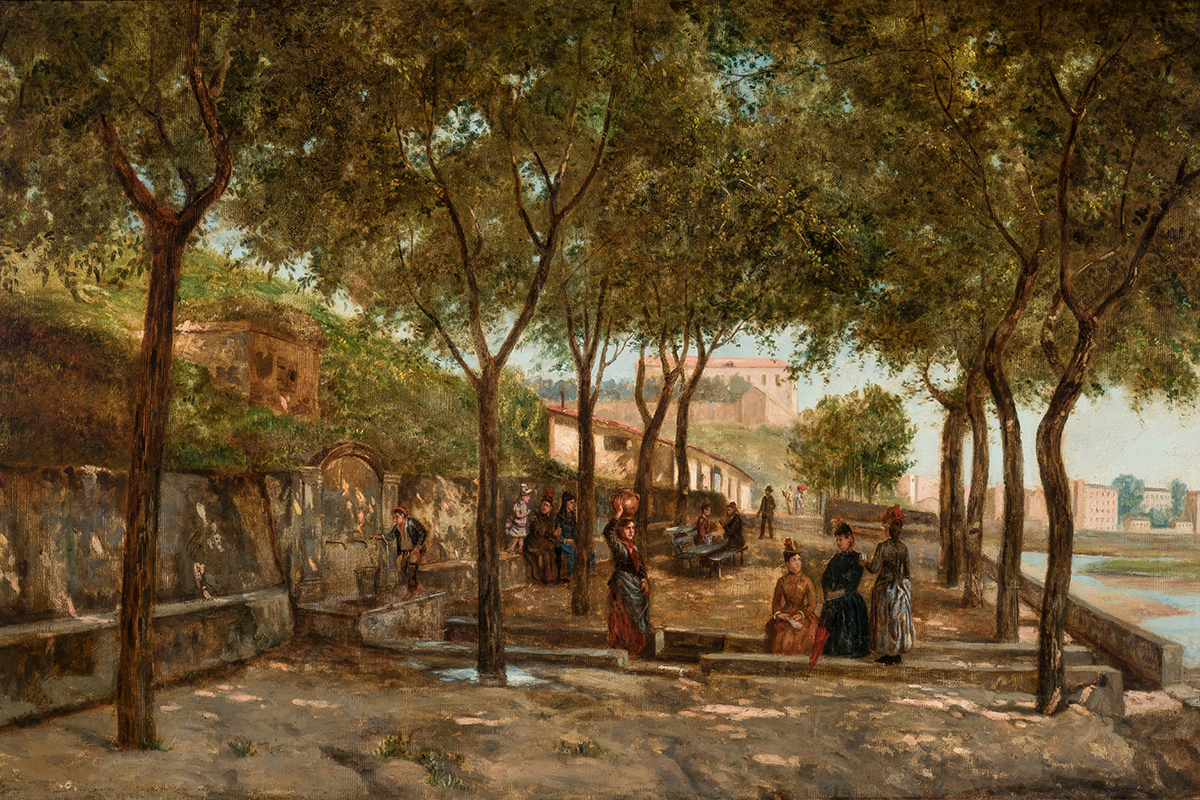
The Provincial Government of Gipuzkoa owns many heritage items of great cultural interest, consisting mainly of works of art and other pieces of ethnographic and historical value. Over 38,000 of these items are housed in Gordailua.
The different collections vary greatly in composition, origin, size, form of acquisition, etc. Generally speaking, the institution strives to collect items that illustrate Gipuzkoa's historical and social history from rural, urban and industrial sites. It houses manufactured goods and art works that were either produced in the territory or have a clear link to ways of life, events, activities and significant characters from the province's culture and history.
The collections of Porcelanas Bidasoa, Unión de Artistas Vidrieros and Platería Satóstegui (porcelain, stained glass and silverwork manufacturers respectively) are of particular interest, showing as they do the entire process from raw material to final product, with designs, processes, tools and machinery, etc. Other collections include tools and utensils from farmsteads such as Soraitz, Zubimendi, Zugasti Barrena, Oruezabal and from the Miramar Palace. Others are the work of great collectors, including Manuel Laborde Werlinden, Fernando Díaz Peral, Ignacio María Atxukarro, and Jesús Maria and Lurdes Etxeberria. The centre also houses the lifetime's work of artists and researchers, such as Didier Petit de Meurville, Nestor Basterretxea, Juan Gorriti, Xabier Otero, Antxon Aguirre Sorondo, the Goruzaleok and Etnogintza groups, etc.
The art collection largely covers the period from the second half of the nineteenth century to the present. The section covering Basque art from the 1960s-70s and the 1980s-90s (from the Competition for New Artists and Arteleku) is particularly important. Artworks make up approximately 5% of the collection. They mostly comprise paintings, although there are also sculptures and prints.
Among the most important collections from the provincial government's museums are the collections of the Maritime Museum and the Zumalakarregi Museum.
San Telmo Museum (STM)
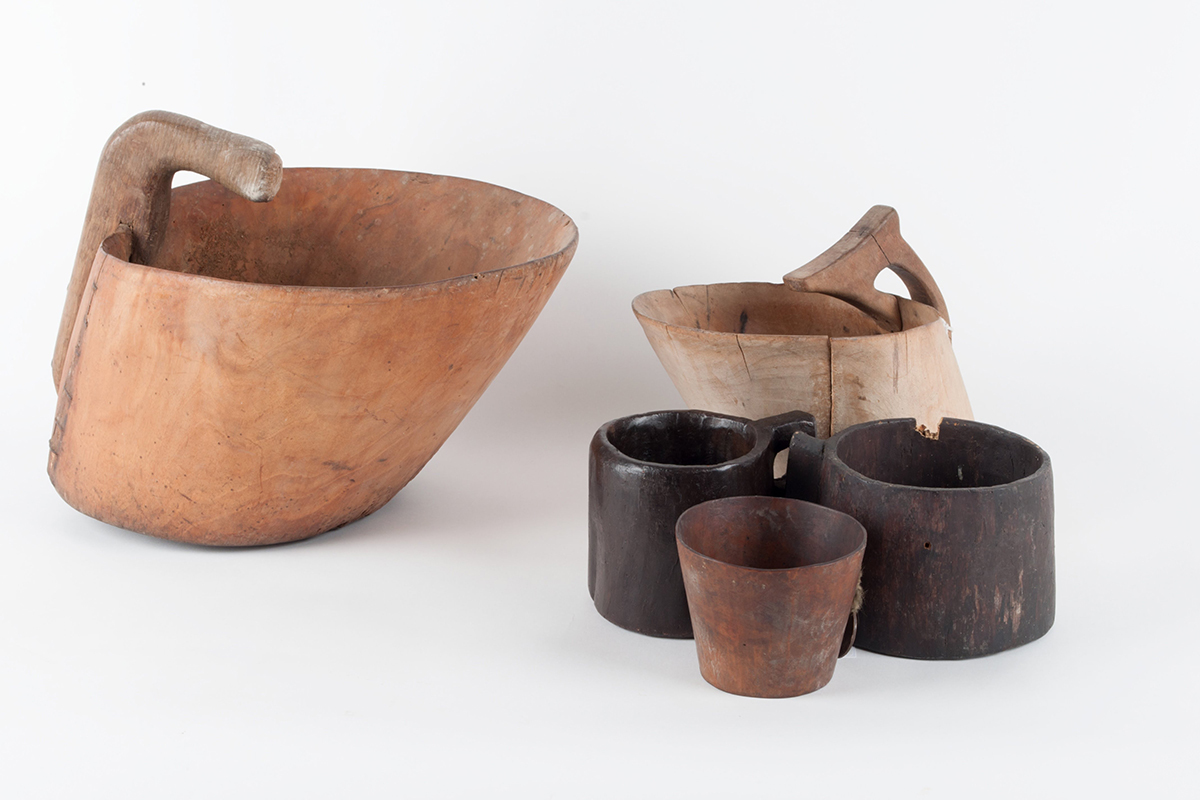
San Telmo is the municipal museum of San Sebastian. It is named after the former convent in which it is housed. Founded in 1902, it is the oldest museum in the Basque Country. In its long history, the museum has accumulated thousands of items. These include more than 650 archaeological pieces, 9,000 ethnographic items, 6,800 artworks, 800 historical pieces and 15,000 photographs. The museum continues to be committed to preserving, completing and adding to its collections, which depict the history and evolution of Basque society.
When the museum was remodelled in 2011, the Provincial Government of Gipuzkoa and San Sebastián City Council reached an agreement that any collections not on exhibition should be stored and handled by Gordailua. Gordailua now houses over 31,000 items from the STM, where they are available for study by specialist researchers. The centre also restores and prepares items loaned for temporary exhibitions, as it does with the provincial government's collections.
Other organisations
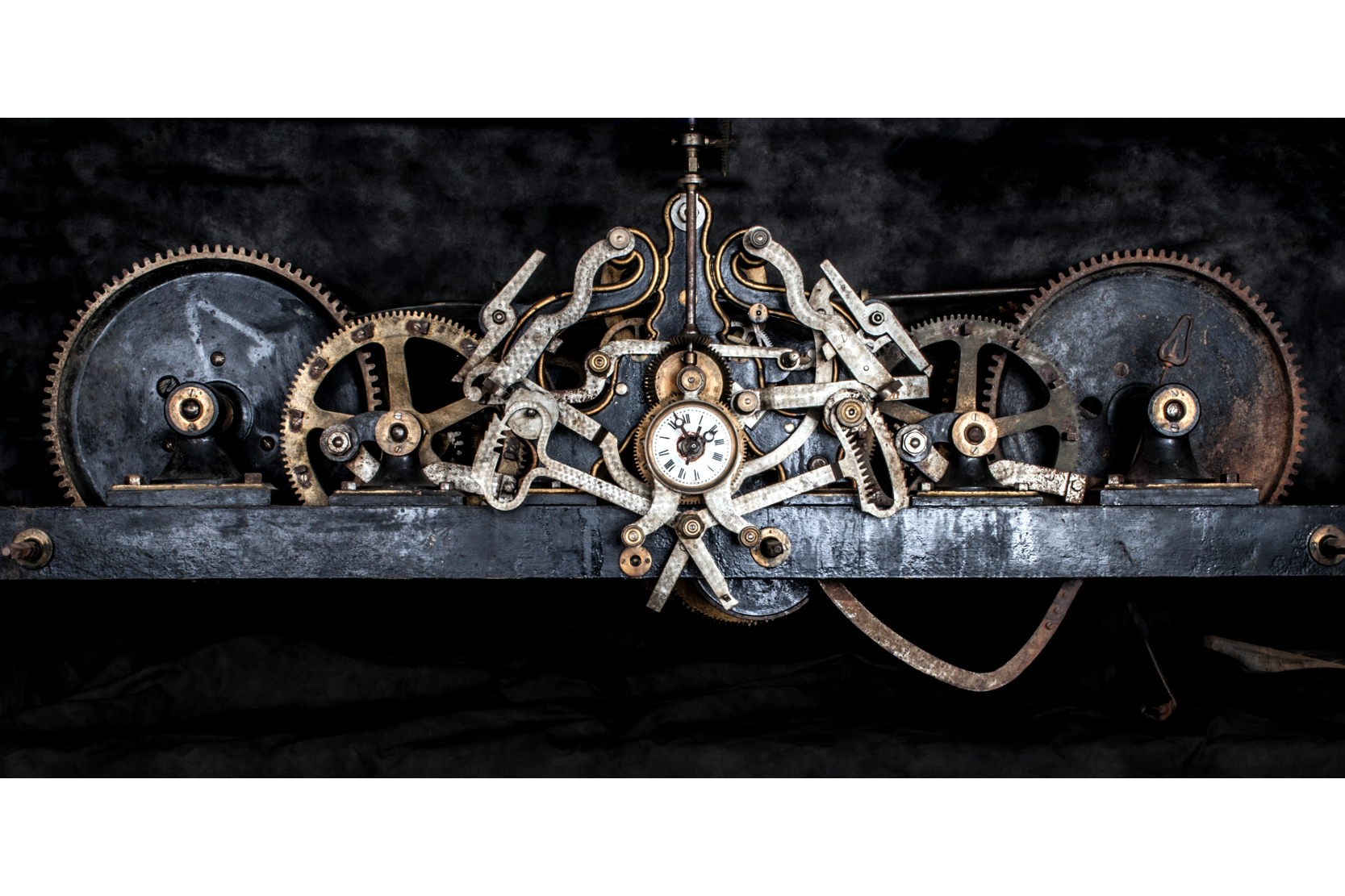
Gordailua also houses the cultural heritage of a number of other institutions and individuals. Altogether, they include 367 items covering different themes, periods, techniques and media.
Among them are 211 works by Nestor Basterretxea, including sculptures, drawings, collages, models, ceramic pieces and others. Gordailua also hosts all the artworks owned by the Gipuzkoa General Assembly which are not displayed at the assembly buildings.
Archaeology and Palaeontology
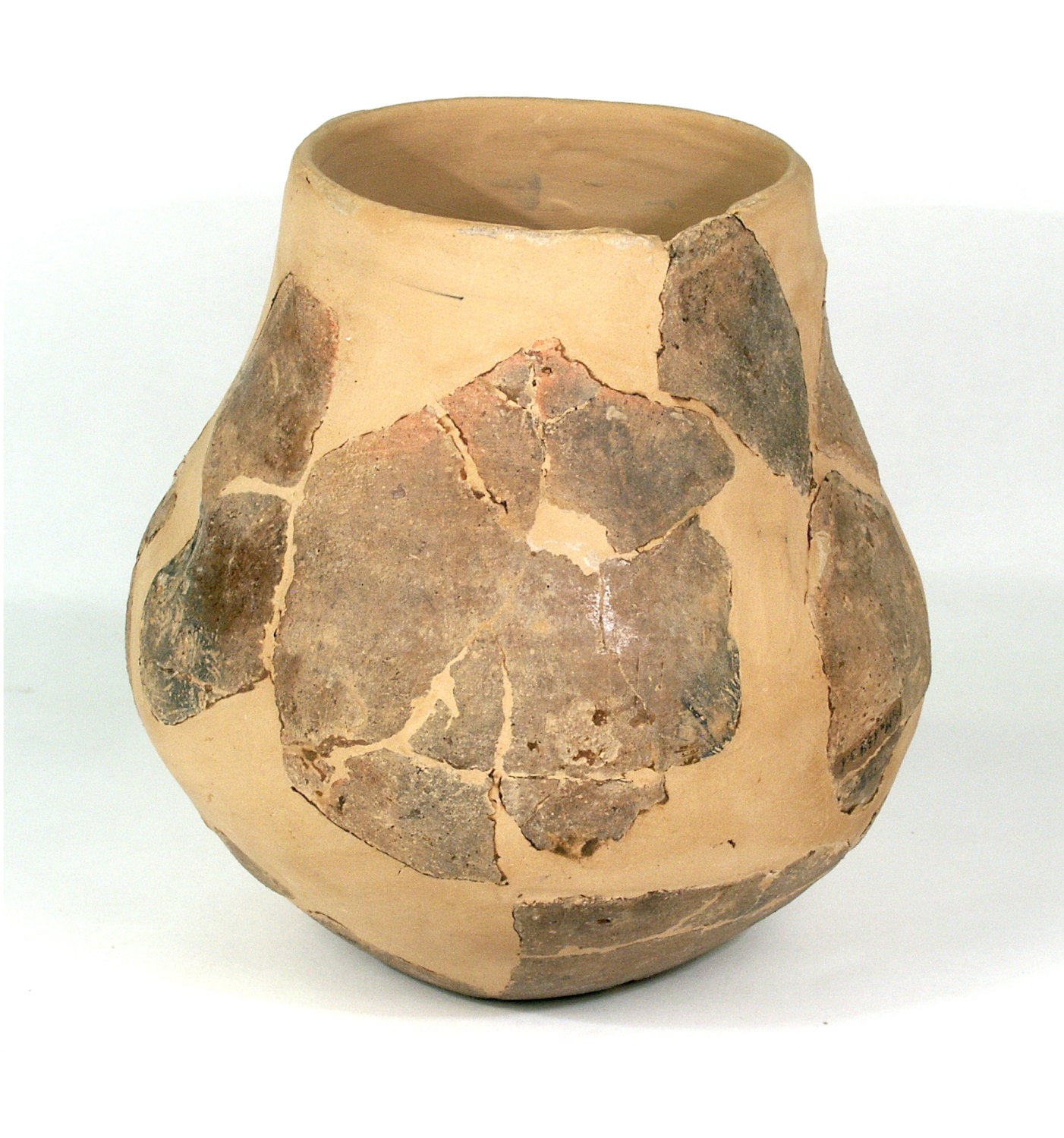
Gordailua acts as a depository for archaeological and palaeontological items found in the province of Gipuzkoa. The prehistoric and historic items —the fruit of surveys, excavations and troves— are housed in 10,000 cases. They include materials of all types: stone, bone and metal tools and weapons; ceramic items, ornaments, animal bones and anthropological remains.
The many items of great interest to historians include remains of the province's first human settlers, including a humerus found in Lezetxiki, palaeolithic art mobilier from Ekain and Praileaitz I, Roman appliqués from Higer, weapons and ornaments from Mendikute and Aitzorrotz castles, and more modern wooden utensils from Pampinot. There is also an important collection of palaeontological materials: numerous bear and hyena remains and the near-complete skeleton of a cave lion found at Arrikrutz.
History
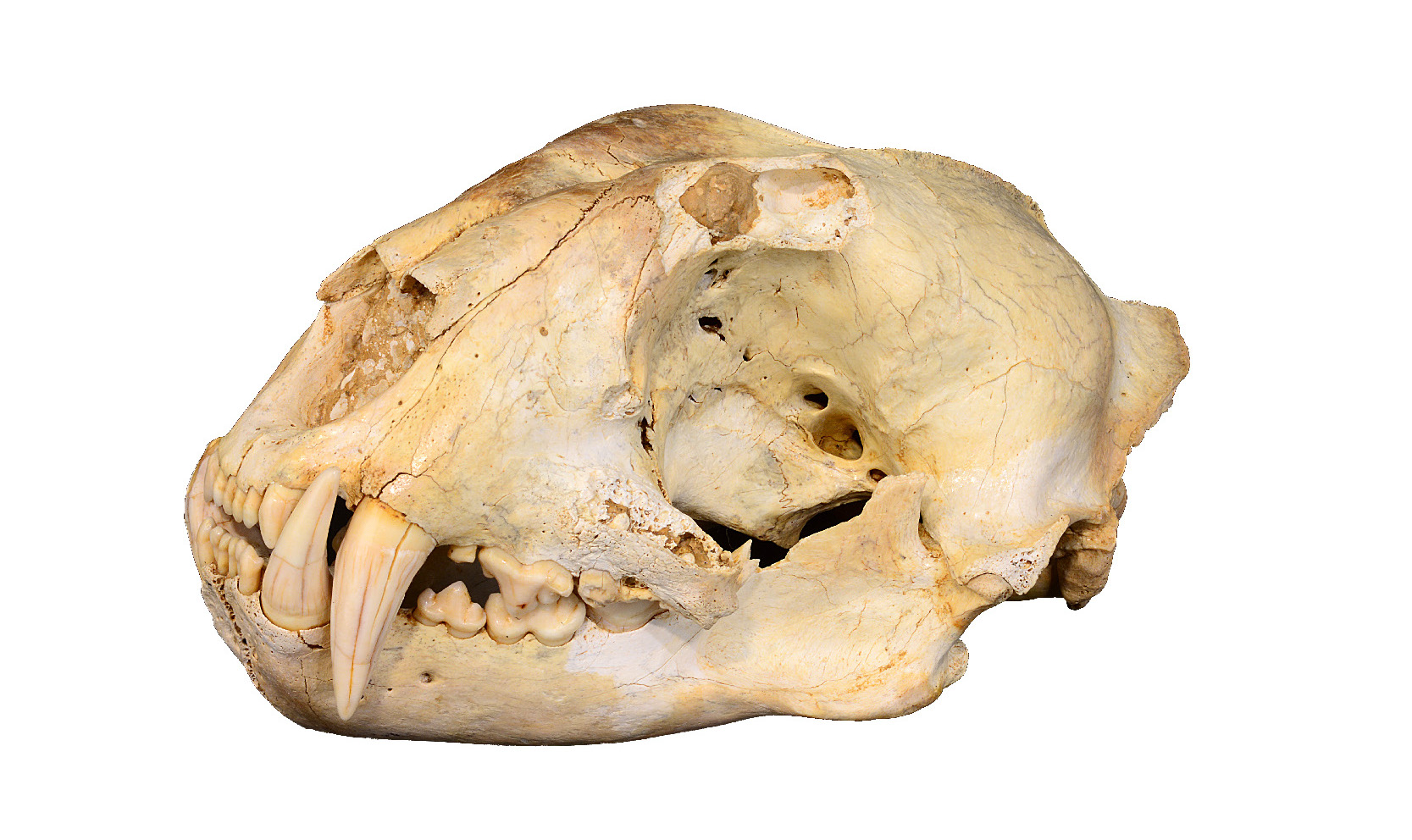
The collections originally come from archaeological remains discovered by Telesforo Aranzadi, Enrique Eguren and Jose Migel Barandiaran during their excavations. The items became scattered during the Spanish Civil War (1936-1939), when they were sent to the provincial museums of Alava and Bizkaia, among others. In 1948, at the behest of the provincial government, the Aranzadi Science Society managed to bring the items back to Gipuzkoa.
In the absence of an archaeological museum in the province, the collection was managed by the Aranzadi Science Society until 2006. The Basque Government subsequently took charge of the items, which were managed by private companies until 2015, when it handed over control to the provincial government.
